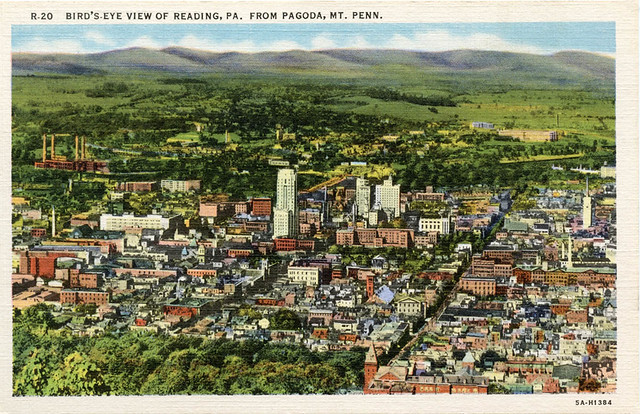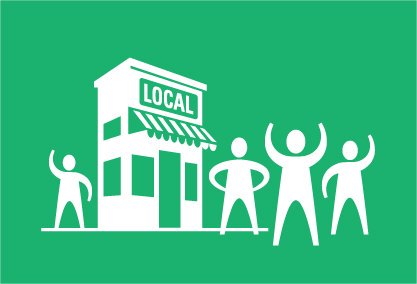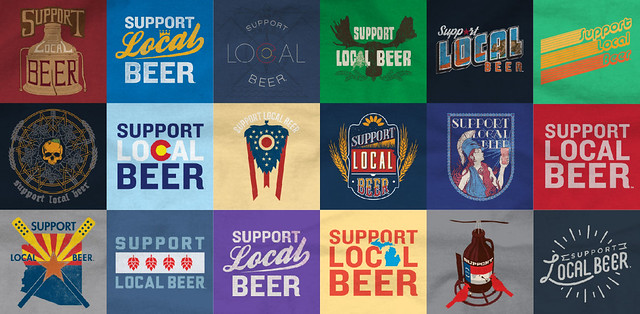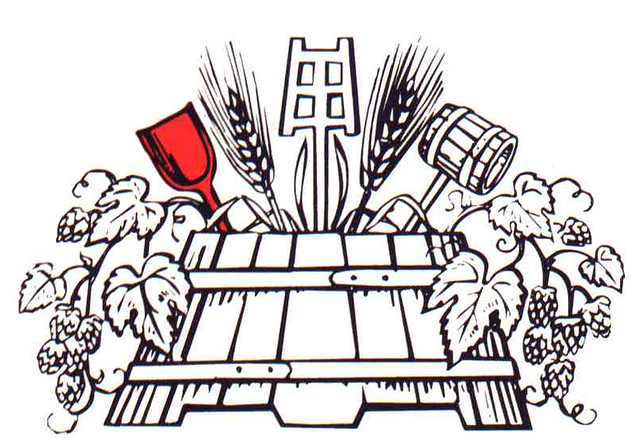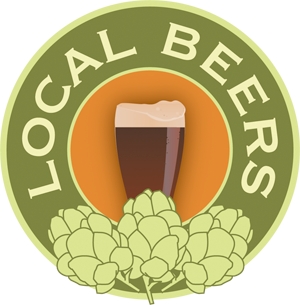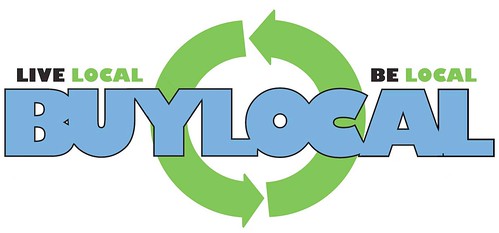![]()
For our 133rd Session, our host will be Gareth, who writes about beer in Leeds, England at Barrel Aged Leeds. For his topic, he’s asking us to look just outside our door in out local community for Hometown Glories, by which Gareth “had in mind an imminent visit to the place I spent my formative years and blogging about it’s highlights and wider beer scene.”
But he also has some possible starting points for you to consider:
- Describing the types of bars/pubs you have in your home town, how popular are they? Has craft beer culture made much of a splash?
- Are there any well-known breweries? Is there a particular beer or style that is synonymous with your home town
- History of the town and how that can be reflected in its drinking culture
- Tales of your youth, early drinking stories
- Ruminations on what once was and what is now? Have you moved away and been pleasantly surprised or disappointed on return visits?
My visit [to my hometown] over the next week is going to hopefully inspire me, and it’s a great excuse to visit a few old haunts and new venues. If you’re less enamoured with your hometown, or even if you left and never returned, feel free to respond anyway – maybe you’re an adopted native of somewhere better. My home town is no longer my home, so if you’d like to write about the place you feel most at home in relation to beer, that would be welcomed too.
So by Friday, March 2, or thereabouts, start your trip down memory lane to your hometown, or just open the door if you still live there. Either way, to participate in the March Session, simply leave a comment at the original announcement and leave the URL to your post there, or tag him on Twitter with your post.


